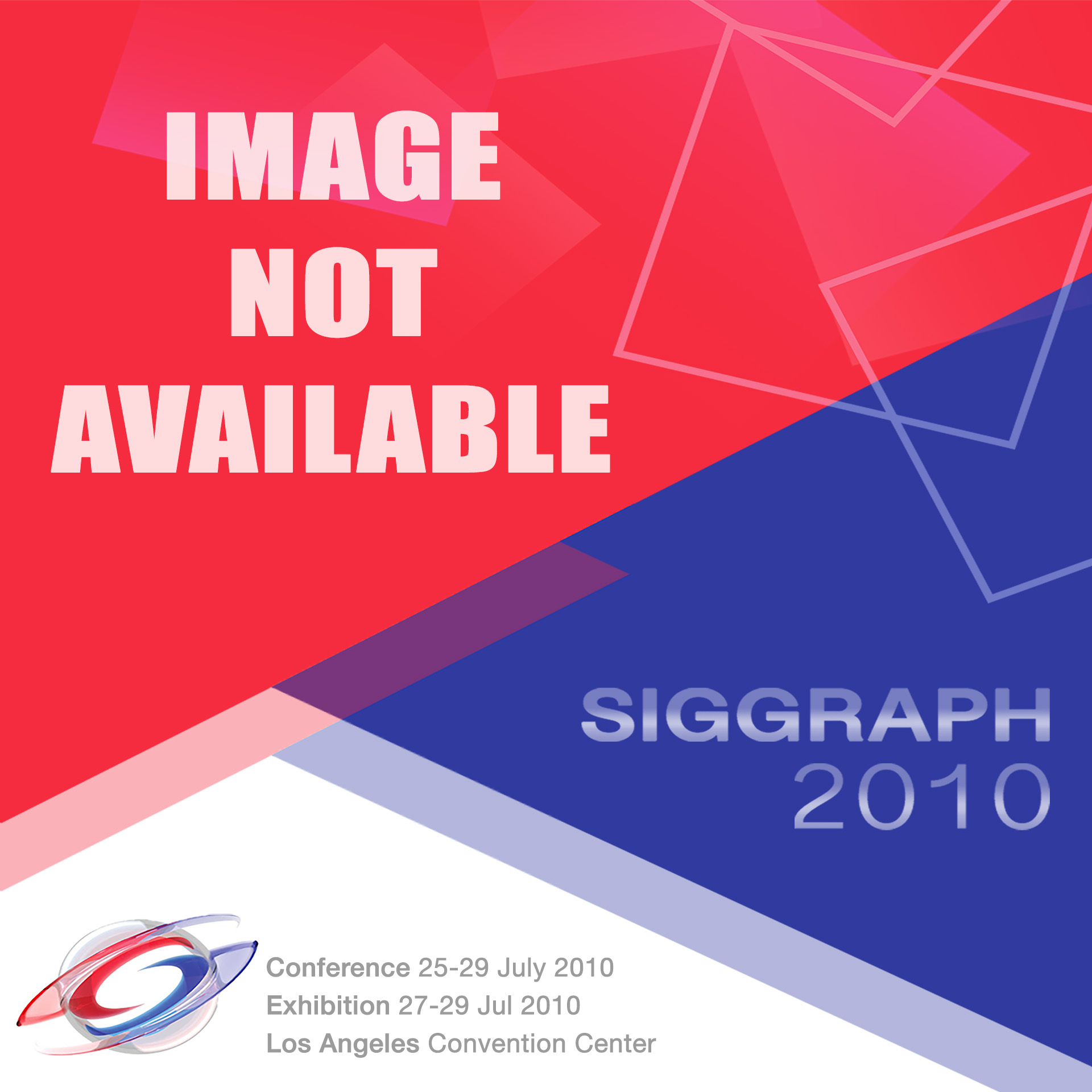“The effect of desktop illumination realism on a user’s sense of presence in a virtual learning environment” by Ehrlich
Conference:
Type(s):
Title:
- The effect of desktop illumination realism on a user's sense of presence in a virtual learning environment
Presenter(s)/Author(s):
Abstract:
The application of virtual reality is becoming ever more important as technology reaches new heights allowing virtual environments (VE) complete with global illumination. One successful application of virtual environments is educational interventions meant to treat individuals with autism spectrum disorder (ASD) since VEs induces pretense and presence, without the social fear of failing in the real world. Pretense and presence improves the user’s ability to learn social skills and enhances perception-taking capabilities. Because of the lack of conclusive research of improving presence of individuals with ASD in a VE, this study evaluated ways of enhancing presence to improve a VE intervention for individuals with ASD. In the field of computer science visual realism, new research has surfaced linking illumination realism to presence. Since this research was limited to Neurologically Typical (NT) individuals (those without ASD), and because generalization is particularly important to individuals with ASD, this study targeted these individuals. Further, since head mounted displays (HMD) are impractical for widespread delivery of a VE intervention application and since the literature is inconclusive about the effect of VEs without HMDs on presence, this study used standard desktop displays. This work measured the extent to which visual realism induces the presence of a VE intervention, enumerated the specific characteristics of rendering that promote the sense of presence and the ability to generalize, and statistically verified the enhanced outcomes from using these techniques. After conducting a between-group study with 24 individuals with ASD, illumination realism was found to have a positive effect (effect size=0.6) on the presence felt by these individuals. This work contributes to the field of visualization and special education by providing empirical evidence supporting the claim that illumination realism increases the presence felt by users with ASD when interacting with a PVE.





